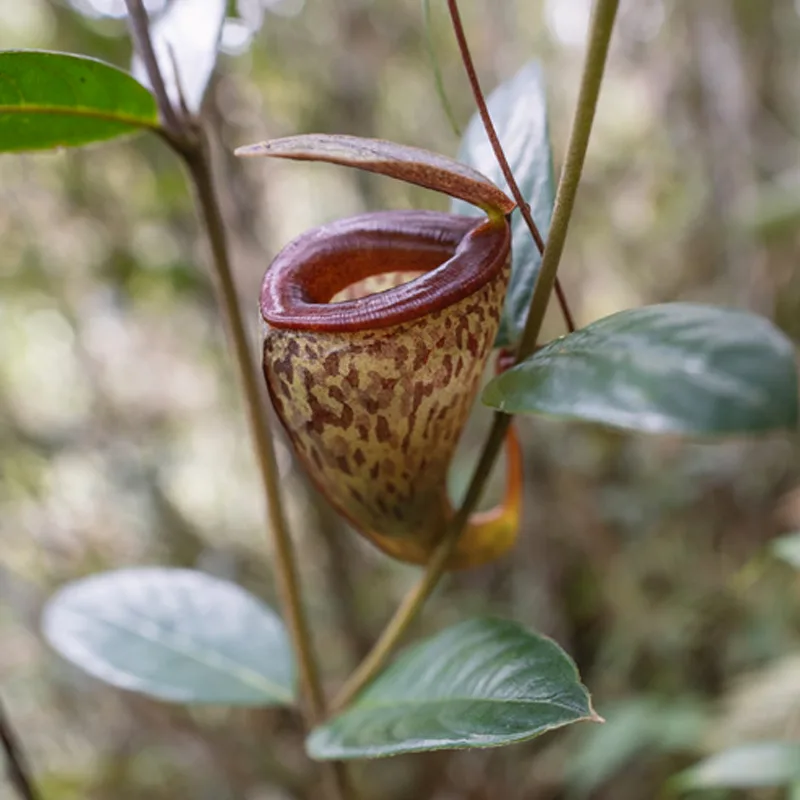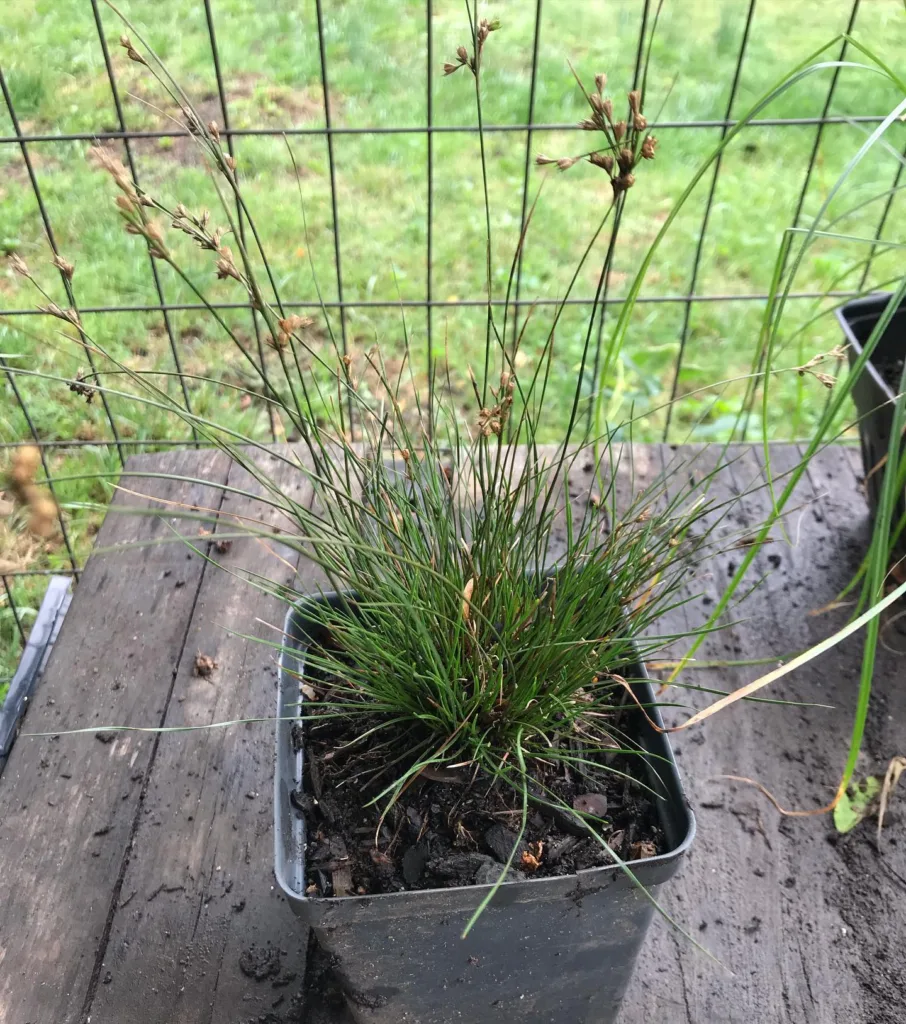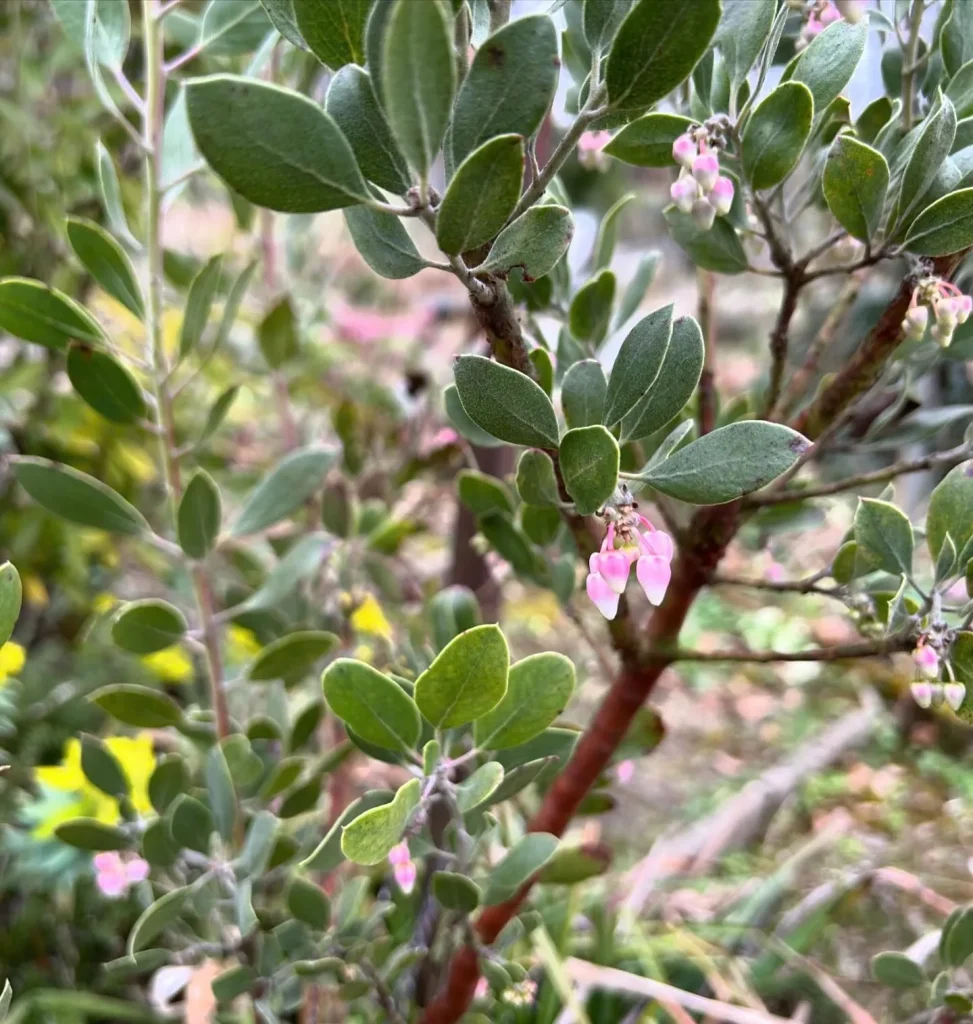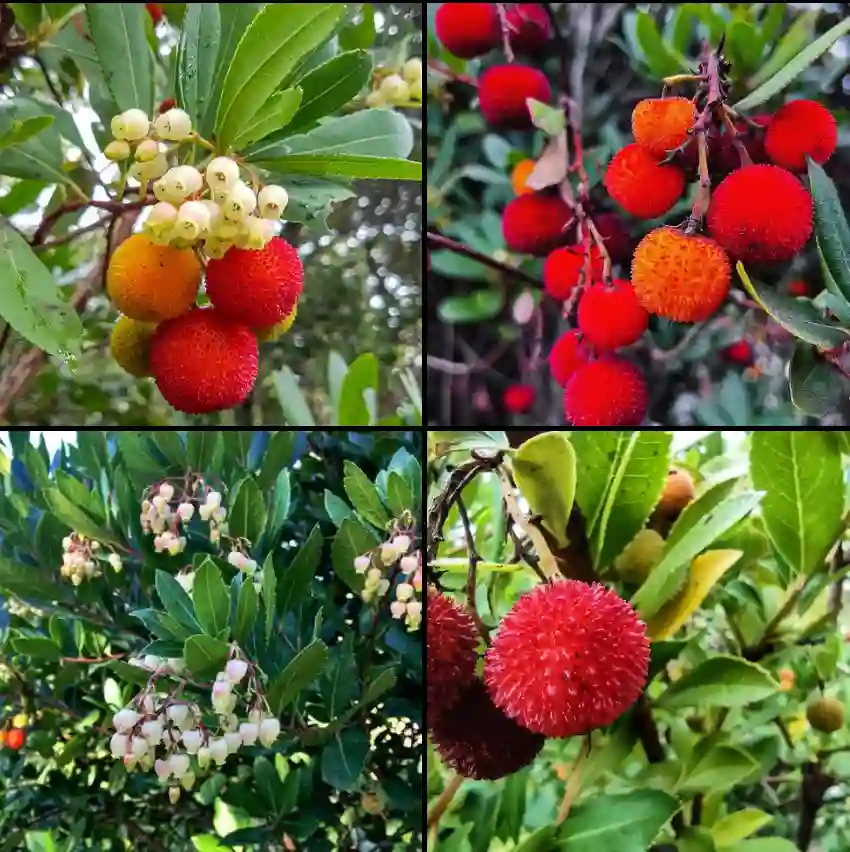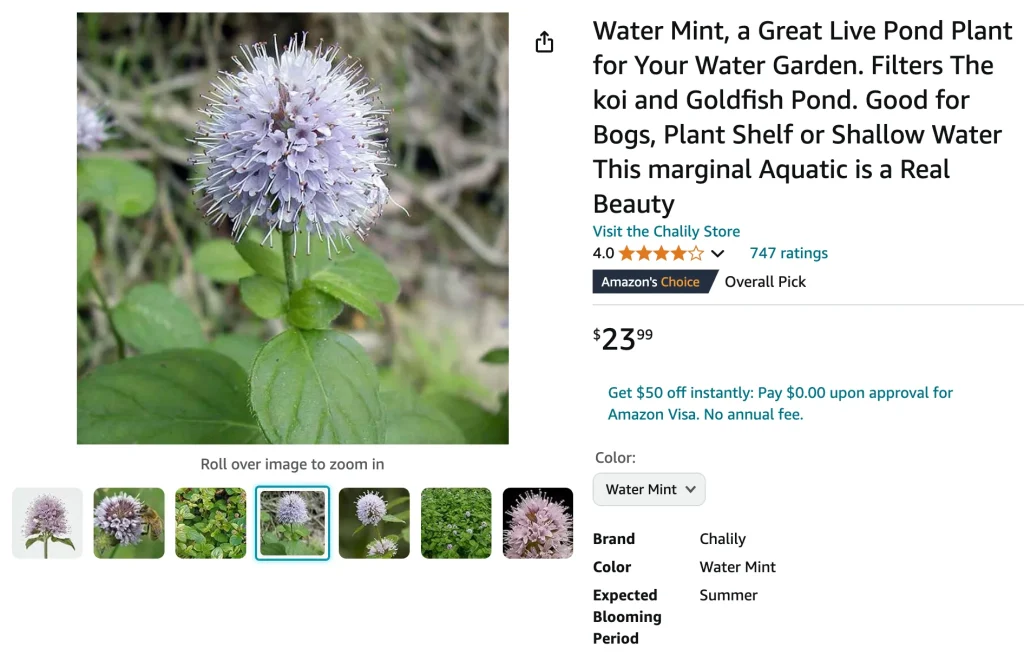
What is Mentha Aquatica?
Mentha Aquatica, also known as water mint, is a perennial herb that thrives in wet environments like ponds, marshes, and stream banks. This mint species is native to parts of Europe, Asia, and North Africa. It belongs to the Lamiaceae family, known for its aromatic qualities. With its lavender flowers and round, serrated leaves, Mentha Aquatica has a distinct, earthy fragrance that’s slightly different from other mint varieties like peppermint or spearmint.
39 Species in Genus Mentha – Mint Plant
Is Mentha Aquatica Edible?
Yes, Mentha Aquatica is edible, and it’s used in culinary applications similar to other mint species. Its leaves have a milder, less sharp flavor compared to peppermint or spearmint, making them suitable for flavoring beverages, salads, soups, and herbal teas. You can also use the leaves to make sauces, particularly when paired with lamb or fish dishes. Though it’s not as commonly used as peppermint in commercial products, Mentha Aquatica still holds value in traditional remedies and herbal infusions.
How to Care for Mentha Aquatica?
Caring for Mentha Aquatica is straightforward, especially if you provide it with a water-rich environment. Here’s what you need to keep in mind:
- Light: It prefers full sun but tolerates partial shade.
- Soil: Keep the soil moist, ideally planting it near a water source. It thrives in clay or loamy soils.
- Water: As the name suggests, this plant loves water, so regular watering is essential. If grown in a pot, ensure that it’s placed in a saucer filled with water to mimic its natural habitat.
- Temperature: Mentha Aquatica is hardy and can survive in a variety of temperatures, but it grows best in temperate climates.
Once established, it’s a fairly low-maintenance plant. Just remember that like many other mint species, it can spread quickly, so regular pruning or containment measures might be necessary.
How to Propagate Mentha Aquatica?
Propagating Mentha Aquatica is easy. You can propagate it using the division method or stem cuttings:
- Division: This is the most efficient method. Dig up the plant, divide the root clumps, and replant them in a new location or container.
- Stem Cuttings: Take a healthy stem cutting, remove the lower leaves, and place it in water. Roots should appear within a couple of weeks. Once the roots are strong enough, transplant the cutting into soil.
Both methods are reliable and will yield healthy new plants in no time.
What to Plant with Mentha Aquatica?
Since Mentha Aquatica thrives in wet conditions, pair it with other water-loving plants. It works well with:
- Iris Laevigata: Its tall, elegant flowers add a striking contrast to Mentha Aquatica’s low-growing habit.
- Caltha Palustris (Marsh Marigold): Both plants share the same wet habitat requirements and look great together.
- Carex species (Sedges): These are great companions due to their similar water and soil preferences.
Avoid planting it with species that prefer dry or sandy soil, as Mentha Aquatica’s high moisture requirements could create unsuitable conditions for them.
Can You Grow Mentha Aquatica Indoors?
Yes, you can grow Mentha Aquatica indoors, though it might require a bit more care than other houseplants. Make sure it receives enough sunlight (at least 6 hours a day) by placing it near a window. Since it loves moisture, misting the plant and ensuring the pot sits in a tray of water will help it thrive. Growing it in a hydroponic setup can also work well if you want to simulate its natural conditions.
Is Mentha Aquatica Toxic?
Mentha Aquatica is not considered toxic to humans, pets, or wildlife. However, always consume it in moderation. Like other mints, consuming large amounts may lead to digestive issues. For pets, the plant poses no significant risk, but it’s always good to monitor their behavior when they’re around new plants.
Benefits of Mentha Aquatica
Mentha Aquatica has several benefits:
- Culinary Uses: It can be used to flavor various dishes and beverages, just like other types of mint.
- Medicinal Properties: Traditionally, water mint has been used to soothe digestive issues, reduce headaches, and ease respiratory problems due to its menthol content.
- Aromatherapy: Its pleasant aroma can help relieve stress and refresh your space.
- Wildlife Support: Mentha Aquatica attracts pollinators like bees and butterflies, making it a great addition to wildlife-friendly gardens.
Common Problems with Mentha Aquatica
Despite being a hardy plant, Mentha Aquatica can face some issues:
- Overgrowth: Like other mint species, Mentha Aquatica can become invasive if not controlled. Regular pruning and container gardening can help manage its spread.
- Powdery Mildew: This fungal disease can affect its leaves, especially in humid environments. To prevent this, make sure there is enough air circulation around the plant.
- Root Rot: Overwatering can lead to root rot, although this is less likely with Mentha Aquatica due to its preference for wet conditions.
How Does Mentha Aquatica Compare to Similar Plants?
Mentha Aquatica is often confused with other types of mint, like Mentha Piperita (Peppermint) and Mentha Spicata (Spearmint). However, it has some distinct differences:
- Mentha Piperita: Peppermint has a stronger, more intense flavor and is widely used in candies, gums, and medicinal products. Mentha Aquatica, on the other hand, has a milder flavor.
- Mentha Spicata: Spearmint is sweeter and lacks the cooling menthol sensation of Mentha Aquatica. It’s often used in desserts, whereas Mentha Aquatica’s more subdued taste pairs well with savory dishes.
Final Thoughts
Mentha Aquatica is a versatile plant with plenty of benefits for gardeners and herbal enthusiasts alike. From its culinary uses to its ability to attract pollinators, it’s a great plant to consider for wet garden spaces. Whether you’re growing it outdoors in a marshy area or in a pot indoors, its vibrant green leaves and soothing aroma make it a wonderful addition to any plant collection. Just be mindful of its spreading tendencies and ensure it gets plenty of water to thrive!
If i die, water my plants!
